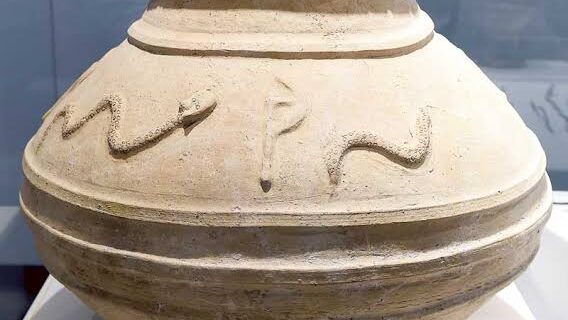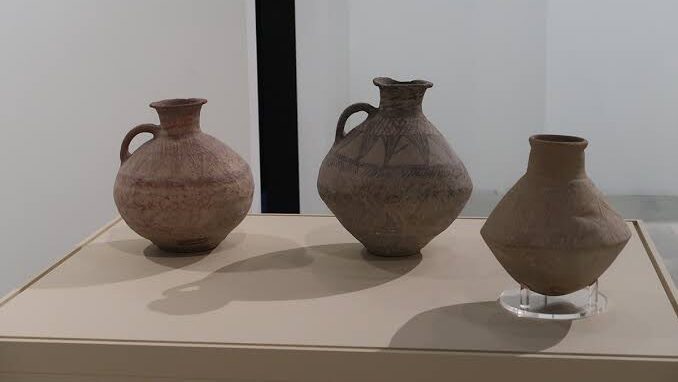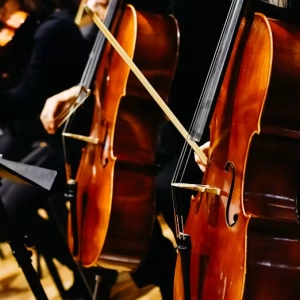UAE Artifacts: The United Arab Emirates (UAE) is a land of remarkable transformation, evolving from humble beginnings as a collection of small desert communities into one of the most vibrant and progressive nations in the world. However, beneath its glittering skyscrapers and ultramodern cities lies a history that stretches back thousands of years. The nation’s artifacts, discovered across various emirates, serve as priceless windows into its past, reflecting the culture, trade, and traditions of those who lived here long before the UAE’s formation in 1971.
From prehistoric relics to Islamic treasures, the UAE’s artifacts tell a fascinating story of resilience, adaptation, and innovation. This article explores the nation’s most significant artifacts, the archaeological sites they were discovered in, and their role in shaping the UAE’s identity.
A Journey Back in Time: The Origins of UAE Artifacts
Archaeological discoveries have shown that the UAE was inhabited as far back as 125,000 years ago. The region’s geographical location along ancient trade routes made it a cultural crossroads, connecting civilizations from Mesopotamia, Persia, the Indus Valley, and beyond.

Artifacts unearthed in the UAE provide evidence of these early interactions and the flourishing communities that existed here. These objects reveal details about the daily lives, religious practices, and commercial activities of the region’s ancient inhabitants.

Iconic Artifacts and Their Stories
- The Saruq Al-Hadid Treasures
Discovered in Dubai, Saruq Al-Hadid is an archaeological site dating back to the Iron Age. The site has yielded thousands of artifacts, including pottery, tools, jewelry, and weapons.
- Bronze and Gold Jewelry: These intricately crafted pieces highlight the advanced metalworking skills of the time.
- Iron Tools: The discovery of iron tools suggests that Saruq Al-Hadid was a center for metal production and trade.
- Snake Ornaments: The snake motif, found on several artifacts, is believed to have held symbolic or religious significance.
- Hili Archaeological Park Artifacts
Located in Al Ain, Hili Archaeological Park is home to Bronze Age ruins dating back to 3000 BCE.
- Beaded Necklaces and Pottery: These items demonstrate the artistic abilities and trade connections of the era.
- Stone Tombs: The discovery of communal tombs provides insights into burial customs and social structures.
- Ed-Dur Relics
Ed-Dur, an ancient coastal settlement in Umm Al Quwain, dates back to the 1st century CE. It was a thriving port town with connections to Rome, India, and Mesopotamia.
- Decorated Pottery and Glassware: These items reflect the wealth and cosmopolitan nature of the settlement.
- Temple of the Sun God: Artifacts linked to the worship of the Sun God Shamash highlight the region’s religious diversity.
- Mleiha Archaeological Discoveries
Mleiha in Sharjah is a treasure trove of pre-Islamic history, spanning the Bronze Age to the pre-Islamic period.
- Camel Burials: Unique to this site, camel skeletons buried alongside humans indicate the animal’s importance in ancient Emirati culture.
- Coins and Inscriptions: Ancient coins with Aramaic and South Arabian inscriptions point to Mleiha’s role as a hub of commerce and culture.
- Al Ain Oasis and the Falaj System
Artifacts discovered in Al Ain’s UNESCO-listed oasis show the ingenuity of early Emiratis in managing water resources.
- Ceramic Pots and Tools: These items were used to maintain the falaj (ancient irrigation) system, a critical innovation for desert agriculture.
Artifacts from the Islamic Era
The advent of Islam in the 7th century CE brought profound changes to the region, influencing architecture, art, and daily life. Artifacts from this period highlight the UAE’s integration into the wider Islamic world.
- Quranic Manuscripts: Early copies of the Quran found in the UAE showcase the region’s embrace of Islamic teachings.
- Islamic Pottery and Glassware: These artifacts reflect the influence of Islamic art, characterized by intricate geometric patterns and calligraphy.
- Coins from the Abbasid and Umayyad Caliphates: These coins indicate the UAE’s role in the Islamic trade network.
Preserving the UAE’s Artifacts
The UAE has made significant efforts to preserve its artifacts and share its rich history with the world. Museums and heritage sites across the country house these treasures, ensuring they remain accessible to future generations.
Prominent Museums Showcasing UAE Artifacts
- Louvre Abu Dhabi: This iconic museum features artifacts from the UAE and around the world, highlighting the interconnectedness of global civilizations.
- Dubai Museum: Located in Al Fahidi Fort, the museum showcases artifacts that trace Dubai’s journey from a fishing village to a modern metropolis.
- Sharjah Archaeology Museum: A hub for ancient discoveries, this museum displays tools, pottery, and coins that reflect the UAE’s archaeological wealth.
- Al Ain National Museum: The oldest museum in the UAE, it focuses on artifacts from Al Ain and the surrounding region, including items from Hili and the Al Ain Oasis.
The Cultural Significance of Artifacts
Artifacts are not just relics of the past; they are vital to understanding the UAE’s identity and heritage. They serve as a bridge between generations, connecting the present to a history that spans millennia.
Education and Awareness
Through exhibitions, educational programs, and cultural initiatives, the UAE’s artifacts are helping to instill a sense of pride and awareness among its citizens and residents.
Tourism and Cultural Diplomacy
The UAE’s rich heritage, showcased through its artifacts, attracts millions of tourists annually. These treasures also play a role in cultural diplomacy, strengthening the nation’s global ties.
Looking Ahead: Archaeological Exploration in the UAE
The UAE’s commitment to uncovering and preserving its history is evident in the ongoing archaeological efforts across the country. New discoveries continue to shed light on the region’s past, adding depth to our understanding of its role in global history.
With advancements in technology, such as 3D scanning and carbon dating, archaeologists are now able to study artifacts with greater precision, unlocking new insights into ancient Emirati life.
Conclusion
The artifacts of the UAE are more than historical objects—they are symbols of a rich and enduring heritage. From the ancient treasures of Saruq Al-Hadid to the Islamic relics that reflect the nation’s spiritual evolution, these items tell a story of resilience, innovation, and cultural exchange.
As the UAE continues to balance modernity with tradition, its artifacts serve as a reminder of the deep roots that anchor this dynamic nation. By preserving and celebrating these treasures, the UAE not only honors its past but also inspires its future, ensuring that its legacy endures for generations to come.
Do follow Uae stories for more Updates
One Central Vaccination Centre Dubai: A Pillar of Health and Safety in the UAE












